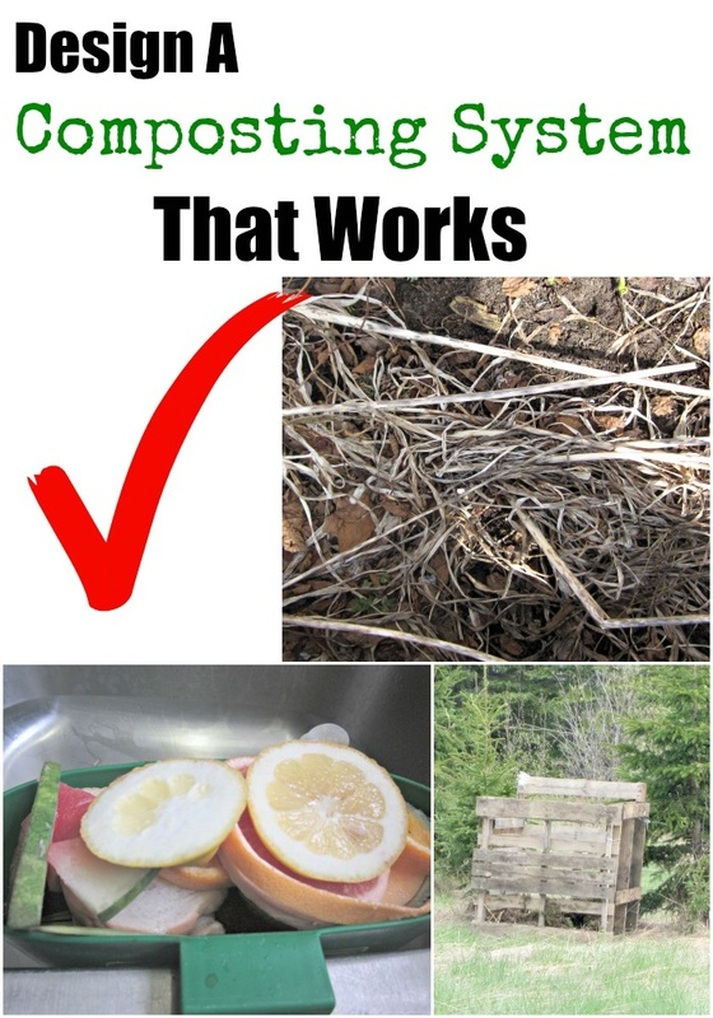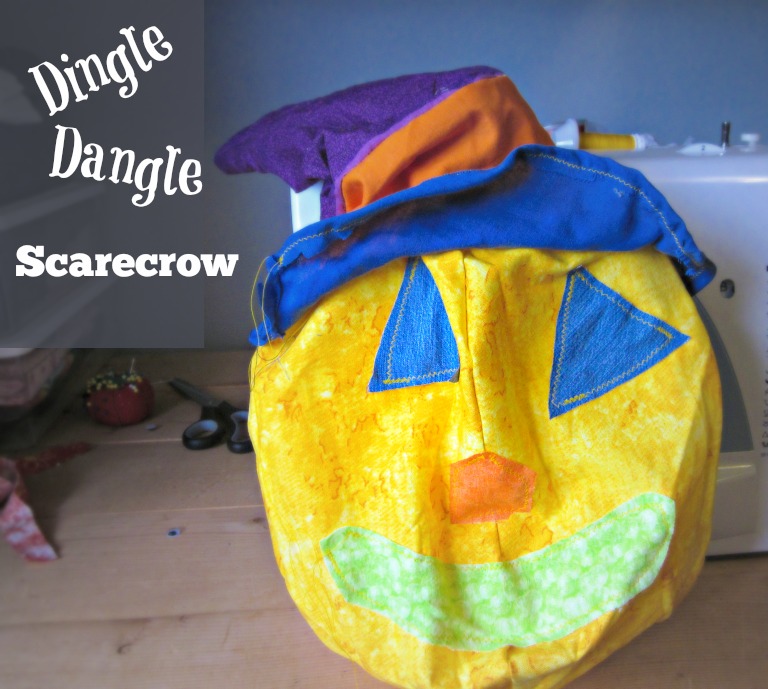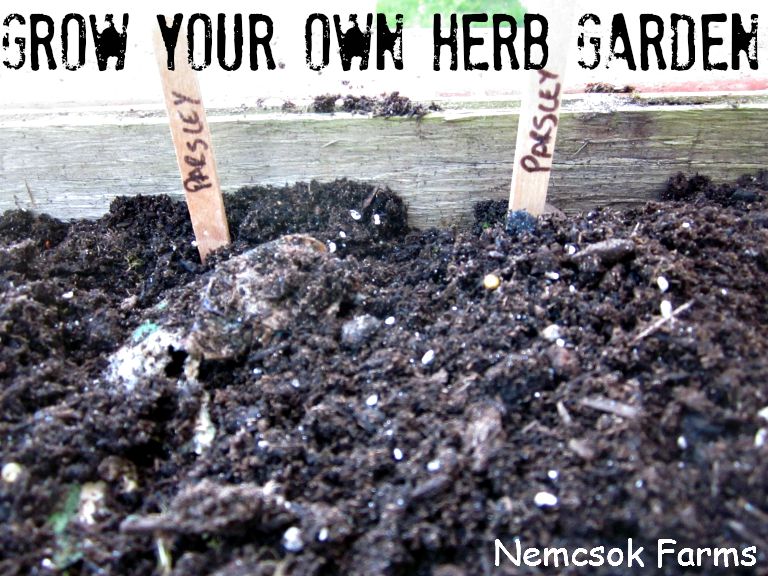Composting is an environmentally friendly and sound way to deal with yard and food refuse, and to create nutrient rich additives for your garden. However, it can be messy, inconvenient and expensive.
What You Need to Compost
Essentially in order to compost, you need materials, air, and a place to keep it. Pretty simple. However you also need a plan. A system. What will you compost? Where will you keep it?
What Can You Compost?
Pretty much if it can be eaten by man or beast, it can be composted. That said, meats do not make a great addition to the compost heap. They require much more time to break down, and no matter where you are keeping your compost, will likely cause you some issues – see the part about being messy and inconvenient. Dairy is another thing that doesn’t do really well in a compost, yet can be added in small amounts. You want to be careful about adding weeds to your compost, as they will likely find a great environment for growing in your compost heap. Grass clippings, garden refuse, fruit and veggie scraps, peels, grains and nuts are all great for your compost. Egg shells and banana peels are especially great for composts!

Garden refuse makes a great addition to the compost!
Where Will You Keep It?
Composting is at minimum a two point system. You need a place to collect your household additions (food scraps) and a final resting spot for all the goods – often referred to a heap or pile.
Any type of container will do for the indoor compost. An old ice cream pail, or large container of some sort that has a wide mouth, and is easy to handle (again, consider the messy aspect) will serve you best. Depending on how often you make it to your outdoor heap, you may want – read need – something with a lid. We’re talking about garbage folks. It gets smelly.
As for an outdoor container, see my post hereEasy and Exceptionally Cheap DIY Composter on how to build your own.
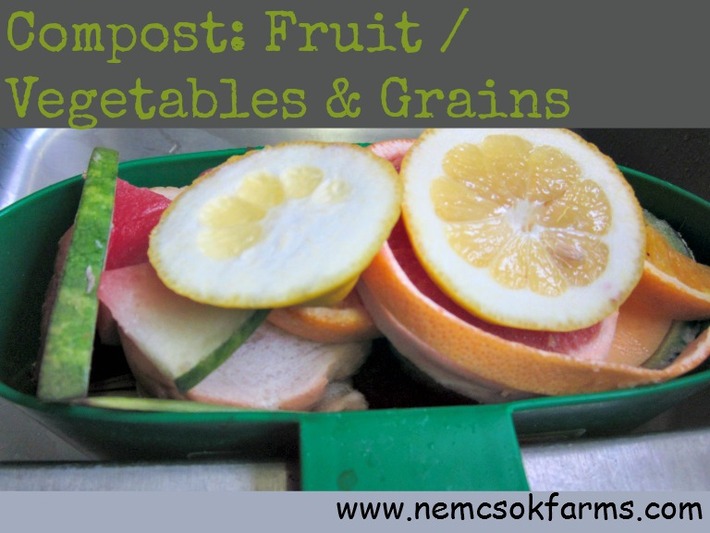
Fruit, Vegetable and Grain kitchen scraps can all be composted, and added to your ‘kitchen composter’ for the short term
What You Need To Consider
First, if you are keeping food scraps in your kitchen, prepare for fruit flies. I’ve got a super easy fruit fly trap you can make yourself. Sign up for our newsletter, so you don’t miss out on that wonderful DIY plus other fabulous ideas and recipes. Next, if you are adding food scraps to an outdoor compost heap, you will attract critters. Be a responsible composter. Depending on the wildlife, and rodents known to your area, you may not be able to add food refuse to an outdoor composter. You could always consider using a solar powered electric fencer to protect your compost. This would work well if you were on a rural property.
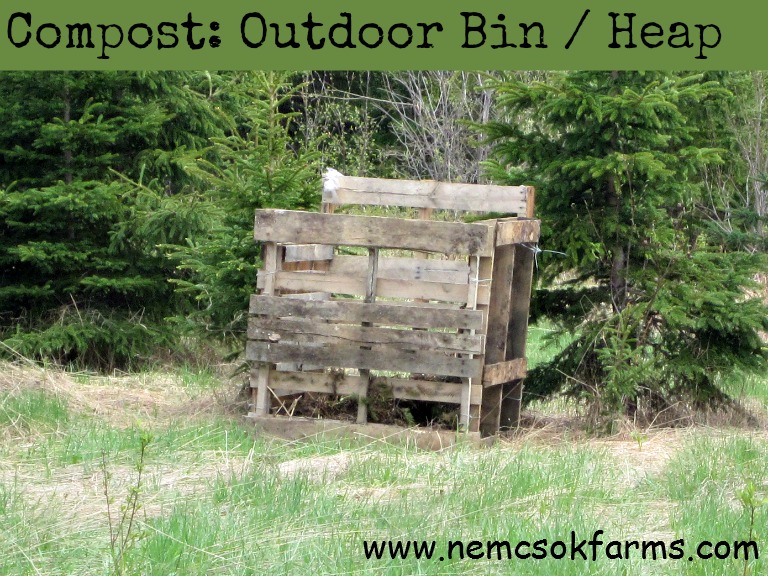
Outdoor Compost Heap or Bin – with grass clippings and garden refuse
There are variations to everything…
The secret to successful composting is having a system that works well for you, your lifestyle and your environment.
Don’t be afraid to try, and tweak your setup as necessary. It shouldn’t cost a fortune, and it should be something that saves money, time and energy.
Someone you know needs to see this
